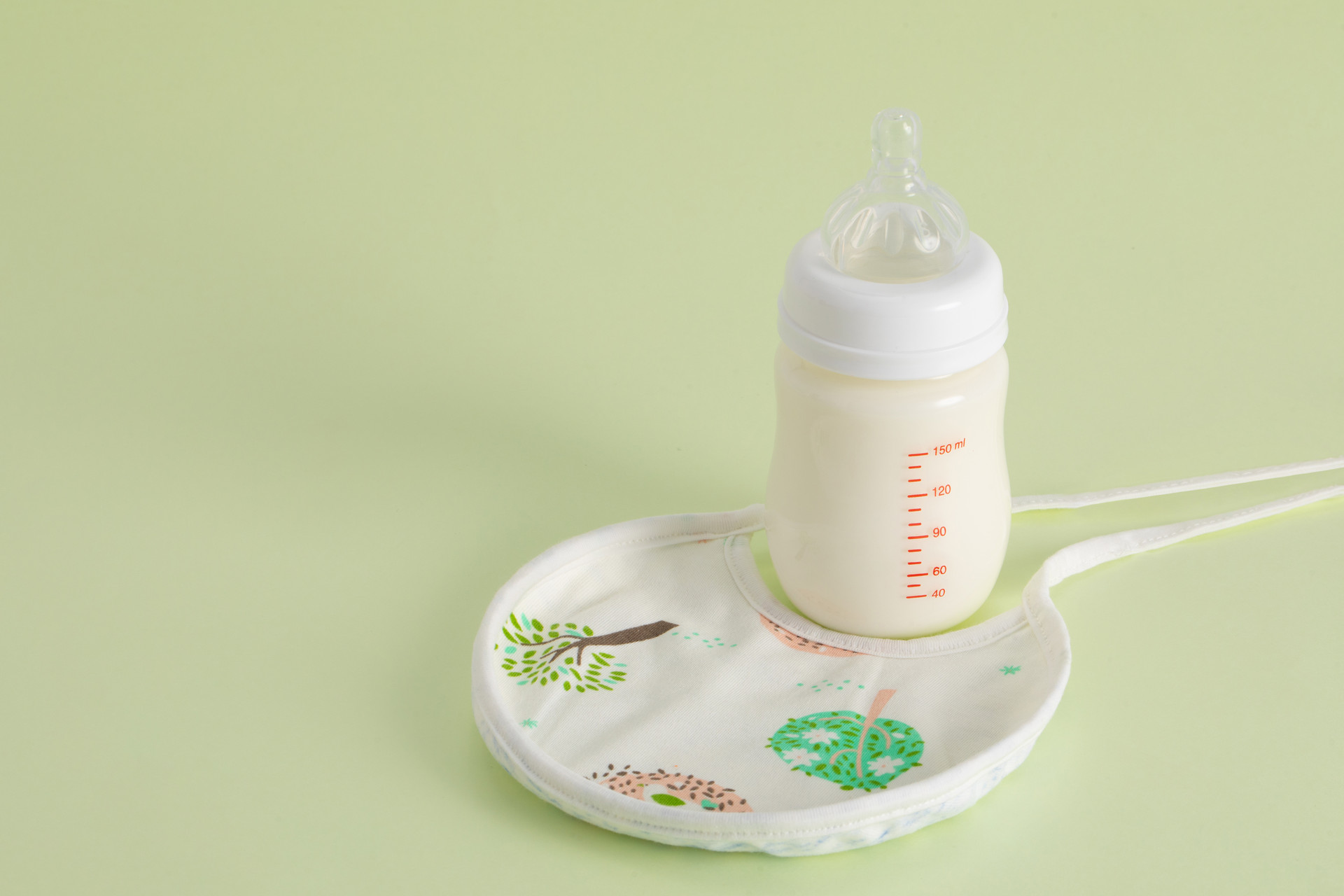After giving birth, many women experience various physical problems, the most noticeable of which is postpartum hair loss. When combing their hair, they can lose a large amount of hair. So why does postpartum hair loss occur? Are there any methods to prevent hair loss? Let's find out together.
The Causes of Postpartum Hair Loss
Postpartum hair loss refers to the situation where women experience hair loss after giving birth. This is because the hormones in a woman's body change after childbirth, and during this time, their mental and emotional state is often not good, with significant fluctuations. Their diet also differs greatly from before, all of which can lead to postpartum hair loss.
During pregnancy, the level of estrogen in a woman's body increases rapidly, and the scalp reaches its healthiest stage. The hair's life span is extended during this period. After the child is born, estrogen levels decrease, and the hair gradually deteriorates. When the hormones in the mother's body return to the normal pre-pregnancy levels, the healthy hair from pregnancy starts to decline. At the same time, new hair cannot quickly fill in the gaps. This leads to a continuous cycle of old and new hair, resulting in hair loss.
Generally, postpartum hair loss will gradually recover on its own. Usually, after about 6 months postpartum, the proportion of hair will gradually restore, and within 6 to 12 months, it will return to the original hair density. However, don't let the hair loss cause excessive mental stress, indirectly affecting the hair loss phenomenon. It is important to note that if excessive hair loss persists for more than 1 year, it is recommended to visit a dermatology clinic for examination to see if there are other causes of hair loss.
Techniques to Prevent Postpartum Hair Loss
1. Pay attention to washing, drying, and combing techniques
(1) Washing hair
Choose a shampoo that suits your hair type. Do not rub the hair vigorously while washing. Wash the hair in a natural hanging position. After washing, use a conditioner, and if necessary, use a moisturizing agent. When rinsing the hair, do not use a strong water jet. Just rinse gently along the direction of hair growth. Warm water is preferred for the water temperature, accompanied by massage, as it can promote blood circulation in the scalp and stabilize the hair roots.
(2) Drying hair
Wet hair is fragile and prone to damage. When drying hair, use a dry towel to press and pat it, instead of rubbing it with a towel. The high heat from a hairdryer can damage the hair, so be careful not to blow-dry the hair when it is still wet or already dry. It is best to let the hair dry naturally.
(3) Combing hair
Use a wide-toothed comb to comb the hair, starting from the ends and holding the midsection of the hair with the other hand to secure the top. This will prevent the hair from being pulled out. When tying the hair, do not pull too hard, as it may accelerate hair loss due to external force.
2. Avoid perming and coloring hair
Perming lotion (cold perm) and most hair dyes have a negative effect on the hair quality and are also prone to hair loss during perming or coloring. Therefore, it is recommended to avoid perming and coloring hair as much as possible, or at least increase the intervals and reduce the frequency of hair treatments. In addition, the chemicals used in perming and coloring hair are more or less corrosive and can threaten the health of postpartum women and breastfeeding babies.
3. Maintain a balanced diet
During the postpartum confinement period, it is important to have a balanced diet. New mothers must ensure their diet is reasonable and balanced. Since the most important source of nutrients for hair is protein, new mothers should focus on supplementing foods rich in protein, such as milk, eggs, fish, lean meat, walnuts, sunflower seeds, sesame, purple rice, etc.
4. Avoid plastic and nylon combs
It is easy to see that some commonly seen plastic and nylon combs on the market can make the hair unruly. It turns out that nylon and plastic combs generate static electricity, which is a strong adverse stimulation to the hair and scalp. It not only makes the hair disobedient but also harms the scalp. The ideal comb is made of wood or specially designed to reduce static electricity. The best option is a wooden comb, as it can massage the scalp, promote blood circulation, and help remove dandruff.
If you want to reduce or avoid hair loss, women should avoid dyeing and perming their hair after giving birth. They should always keep their mood relaxed and maintain good eating habits.











